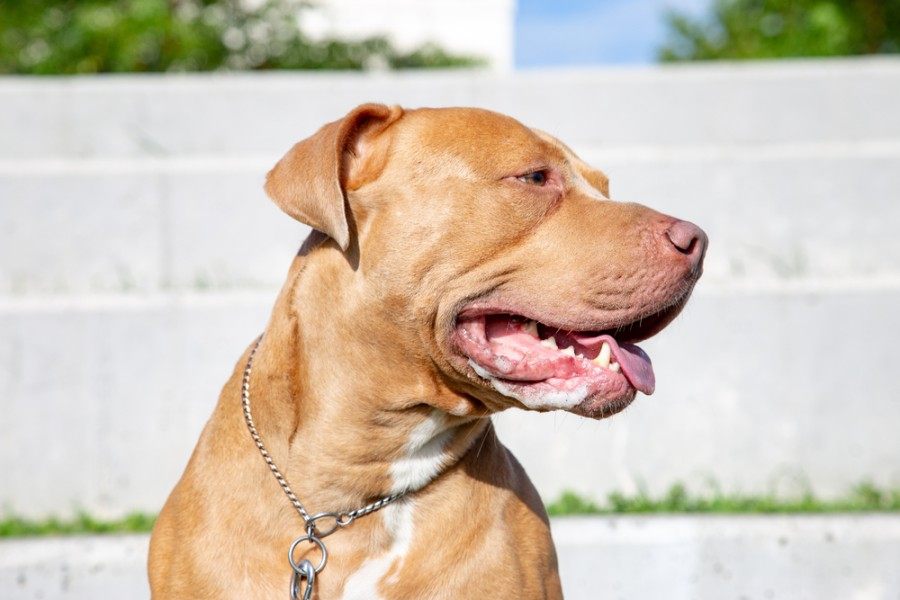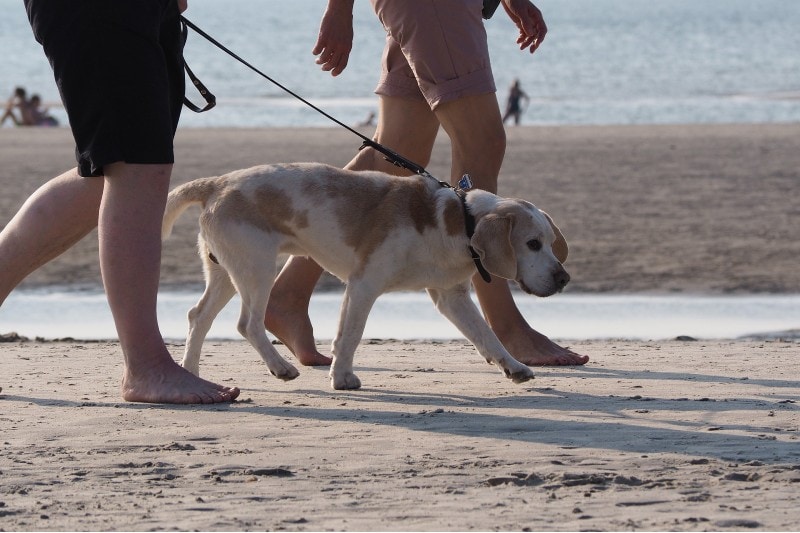Imagine your beloved Dachshund suddenly struggling to walk or showing signs of pain. It’s a terrifying thought, right? Unfortunately, these are common experiences for Dachshund owners, thanks to a condition known as Intervertebral Disc Disease or IVDD. This article explores the ins and outs of IVDD, which affects many young to middle-aged dogs, especially those with long bodies like Dachshunds.
IVDD is not something to take lightly. It’s a complex condition involving the spine and, if ignored, can lead to serious health issues. By understanding the causes and symptoms, owners can better prepare and respond. Let’s dive into what causes this condition, how to spot it, and what treatment options are available for our furry friends.
What is IVDD?
To grasp IVDD, it’s crucial to understand a bit about spinal anatomy. Dachshunds, like all dogs, have vertebrae running from their skull to their tail, with discs in between. These discs act as cushions, aiding movement and absorbing shocks. But with IVDD, these discs might bulge or rupture, putting pressure on the spinal cord and causing a range of symptoms.
Causes of IVDD
IVDD comes in two flavors: Type I and Type II. Type I is common in Dachshunds and involves a gradual, degenerative issue that can be genetic. It typically affects dogs with long backs and short legs. Type II tends to result from trauma and is seen more in medium to large breeds. Any dog can suffer from either type, regardless of age or size.
Unexpected incidents like falls or car accidents often lead to Type II IVDD. But a genetic predisposition mainly drives Type I. Understanding these differences helps us recognize why Dachshunds are so prone to this troubling condition.
Recognizing the Signs
Spotting IVDD early can make a huge difference in treatment. Common symptoms include leg weakness or unsteady walking, often resembling drunkenness. Dachshunds might also present with hunched backs or vocalize due to discomfort.
In extreme cases, paralysis can occur. Dogs may drag their legs or have trouble with their bladder or bowel control. It’s crucial to seek veterinary help if any of these signs appear. Catching it early can significantly improve the prognosis and quality of life for your Dachshund.
Frequent signs to watch out for include your Dachshund being unable to sit comfortably, panting without exertion, or showing sudden aggression when touched. Observing changes in behavior can be key.
Exploring Treatment Options
If your dog shows symptoms of IVDD, rush to the vet. Early intervention is vital. Some Dachshunds do well with rest and medications like anti-inflammatories or pain relief. Crating your dog when not outdoors can help keep them calm.
For severe cases, where mobility is lost, surgery might be needed. Only specialist veterinarians can perform these procedures, requiring advanced equipment like MRI or CT scans. Remember, even after surgery, strict rest and monitoring are crucial for recovery.
Avoid giving your dog over-the-counter pain meds without vet advice. These can cause harm and interfere with specific treatments designed for canine needs.
Potential Dangers If Left Untreated
Ignoring IVDD can lead to dire consequences. Since it involves spinal cord compression, it can cause partial to full paralysis. Bleeding or bruising of affected areas can further complicate recovery.
Understanding Why Dachshunds Are Prone to IVDD
Dachshunds are a chondrodysplastic breed, meaning they have a unique body structure with long spines and short legs. This makes them more susceptible to IVDD. Genetic factors also play a role, with up to 25% of Dachshunds being affected by this condition.
Other breeds like Basset Hounds and Corgis share this risk. However, any dog with a long back in proportion to their limbs can be vulnerable.
A genetic predisposition can explain the high incidence in Dachshunds, but lifestyle factors such as weight management and preventing jumps from heights can minimize risks.
IVDD in Other Breeds
Although Dachshunds are most affected, other breeds are not immune. Young to middle-aged, smaller breeds tend to get Type I IVDD more frequently, while older large breeds are at risk of Type II.
Traumatic incidents can induce this disease in any dog, regardless of breed. It’s worth noting that awareness and care can reduce the risk significantly.
Being informed about these risks allows pet owners to manage their dogs’ activities better and avoid potential injuries.
Recovering from IVDD
Recovery varies wildly, depending on the severity of the disease and treatment. Some dogs regain full mobility with medication, while others might require surgery and long-term care.
In worst-case scenarios, permanent mobility issues might be an outcome. However, early intervention and the right care plan play a crucial role in improving life quality post-IVDD diagnosis.
The Role of Genetics
Genetics play a large part in why some dogs develop IVDD. It’s prevalent in breeds with specific body types, yet regular check-ups can catch the disease early, ensuring better outcomes.
Although genetic predisposition is a significant factor, environmental influences like weight and supervised play can mitigate risks.
Dogs with family histories of IVDD should be monitored closely, especially as they age, to catch any signs early.
Living with a Dachshund Prone to IVDD
Having a pet prone to IVDD is challenging but manageable with vigilance and adaptation. Regular vet visits, weight control, and preventing high jumps are part of responsible care.
Understanding IVDD is essential for every Dachshund owner. By recognizing signs early and seeking proper treatment, it’s possible to maintain your furry friend’s health and happiness. Always consult with veterinary professionals for personalized advice.










